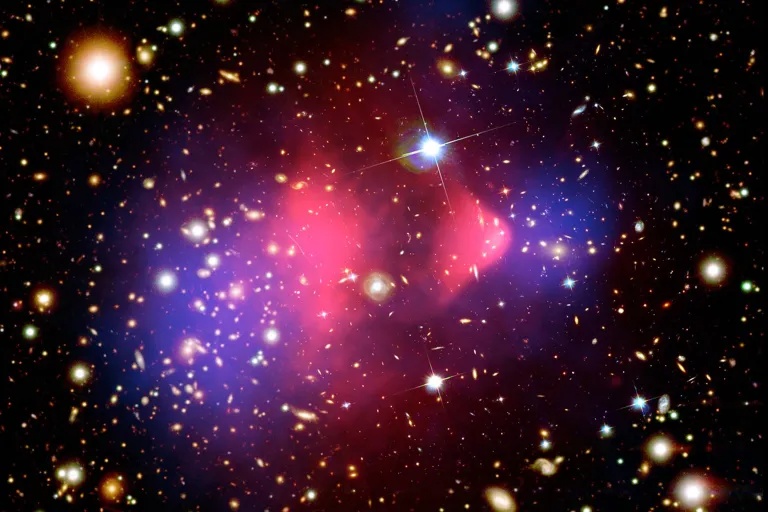For about 50 years, the scientific community has been grappling with a substantial problem: There isn’t enough visible matter in the universe.
All the matter we can see — stars, planets, cosmic dust and everything in between — can’t account for why the universe behaves as it does, and there must be five times as much of it around for researchers’ observations to make sense, according to NASA. Scientists call that dark matter, because it does not interact with light and is invisible.
In the 1970s, American astronomers Vera Rubin and W. Kent Ford confirmed dark matter’s existence by looking at stars orbiting at the edge of spiral galaxies. They noted that these stars were moving too fast to be held together by the galaxy’s visible matter and its gravity — they should have been flying apart instead. The only explanation was a large quantity of unseen matter, binding the galaxy together.
“What you see in a spiral galaxy,” Rubin said at the time, “is not what you get.” Her work built upon a hypothesis formulated in the 1930s by Swiss astronomer Fritz Zwicky and kick-started a search for the elusive substance.
Since then, scientists have been trying to observe dark matter directly and even built large devices to detect it — but so far, with no luck.
Early in the search, renowned British physicist Stephen Hawking postulated that dark matter could be hiding in black holes — the main subject of his work — formed during the big bang.
Now, a new study by researchers with the Massachusetts Institute of Technology has brought the theory back into the spotlight, revealing what these primordial black holes were made of and potentially discovering an entirely new type of exotic black hole in the process.
“It was really a wonderful surprise that way,” said David Kaiser, one of the authors of the study.
“We were making use of Stephen Hawking’s famous calculations about black holes, especially his important result about the radiation that black holes emit,” Kaiser said. “These exotic black holes emerge from trying to address the dark matter problem — they are a byproduct of explaining dark matter.”



